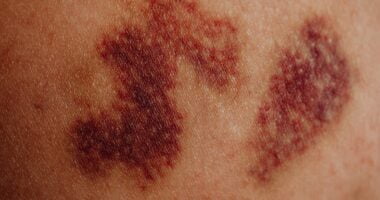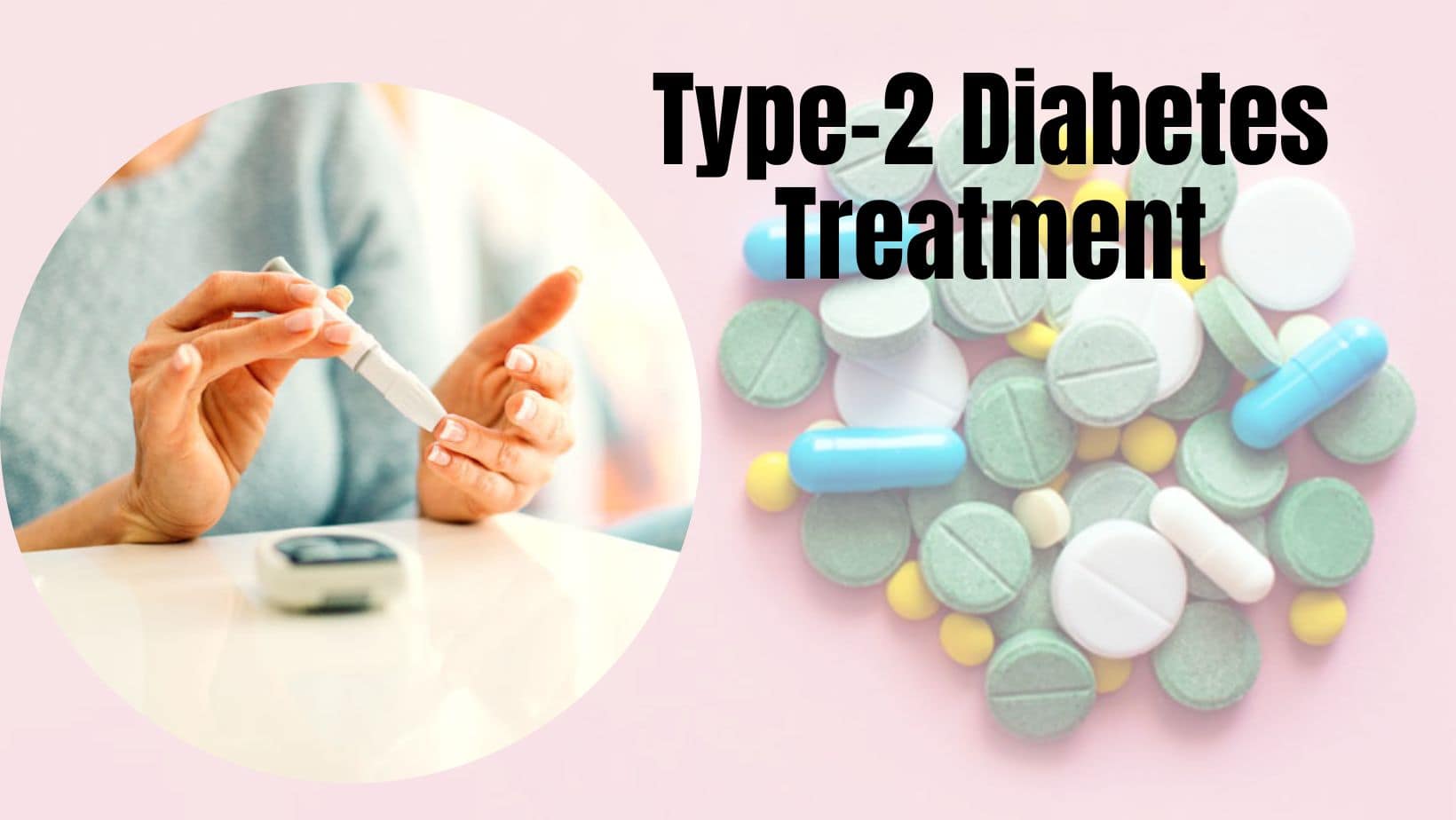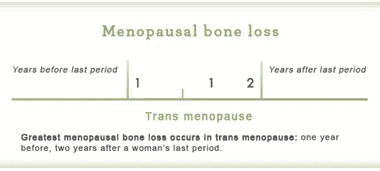Idiopathic Parkinson’s disease is a neurodegenerative condition characterized by symptoms such as tremor, rigidity, and slowness of movement. The term “idiopathic” means that the cause of the disease is unknown but but it’s believed to be linked to the progressive loss of nerve cells in the substantia nigra, a region deep within the brain that produces dopamine. Dopamine acts as a chemical messenger, sending signals that control and coordinate muscle movement.
It is not directly inherited in the same way as some other diseases, like cystic fibrosis or Huntington’s disease. It is believed to occur due to problems with how the body uses certain proteins, leading to the buildup of Lewy bodies in the brain. This condition is considered a multisystemic synucleinopathy of the human nervous system with functional consequences and a predictable pathoanatomy. While there are several recognized risk factors for Parkinson’s disease, such as exposure to pesticides, the only confirmed causes are genetic as having a family history of Parkinson’s disease can increase your risk of developing the disease. The condition is age-related and causes parts of the brain to deteriorate, resulting in its characteristic symptoms.
ALSO READ: More evidence Parkinson’s disease begins in the gut – signs of onset
Symptoms To Watch Out For
The symptoms of idiopathic Parkinson’s disease can vary from person to person, but there are some common signs to look out for. These symptoms typically develop gradually and worsen over time. Some of the most common symptoms include:
- Tremors: Involuntary shaking or trembling usually starts in the hands, fingers, or thumbs. It is often more pronounced at rest and decreases with movement.
- Bradykinesia: Slowness of movement is another hallmark symptom of Parkinson’s disease. This can make simple tasks like walking, writing, or buttoning a shirt more difficult.
- Rigidity: Stiffness and muscle rigidity can occur in any part of the body. It can cause muscle pain, limit range of motion, and make movement uncomfortable.
- Postural instability: Parkinson’s disease can affect balance and coordination, leading to difficulties in maintaining an upright posture. This can increase the risk of falls.
- Impaired coordination: Movements become less fluid and coordinated, making tasks like reaching for objects or performing repetitive movements challenging.
- Speech changes: Many individuals with Parkinson’s disease experience changes in their speech. They may speak softly, have a monotonous voice, or slur their words.
- Micrographia: Handwriting may become smaller and more cramped over time, a condition known as micrographia.
- Freezing: Some Parkinson’s patients experience episodes where their feet feel “stuck” to the ground, making it difficult to take steps. This is known as freezing.
- Non-motor symptoms: Parkinson’s disease can also cause non-motor symptoms such as depression, anxiety, sleep disturbances, constipation, and loss of sense of smell.
It is important to note that not all individuals with Parkinson’s disease will experience all of these symptoms, and the progression of the disease can vary widely. If you or someone you know is experiencing any of these symptoms, it is crucial to consult a medical professional for a proper diagnosis and treatment plan.
DON’T MISS: New Gene Variant Protects Against Parkinson’s Disease
Insight: Genetic As A Risk Factor
Only about 10% of Parkinson’s disease cases are considered familial, meaning they have a clear genetic link. In these cases, mutations in specific genes can be passed down from parents to children. However, even if you carry one of these gene mutations, it doesn’t guarantee that you will develop Parkinson’s disease. Many other factors, including environmental exposures, age, gender and lifestyle choices, are likely to play a role. For the remaining 90% of Parkinson’s disease cases, the cause is unknown. This is why it’s called idiopathic Parkinson’s disease. While researchers are still trying to figure out the exact cause, they believe it’s likely a combination of genetic and environmental factors.
Prevention
Preventing idiopathic Parkinson’s disease is challenging due to its unknown cause, but some research suggests the following measures may help reduce the risk or delay the onset of the disease:
- Regular exercise: Engaging in regular physical activity has been shown to have a protective effect against Parkinson’s disease. Aim for at least 150 minutes of moderate-intensity exercise per week, such as brisk walking, swimming, or cycling.
- Maintain a healthy diet: Nourish your body with a balanced diet rich in fruits, vegetables, whole grains, and lean protein. These foods provide essential nutrients that support brain health and may help protect against neurodegenerative diseases like PD. Limit saturated and unhealthy fats, processed foods, and added sugar, which have been linked to inflammation and other chronic health conditions.
- Avoid toxins: Exposure to certain environmental toxins, such as pesticides and herbicides, has been linked to an increased risk of Parkinson’s disease. Minimize exposure to such toxins whenever possible.
- Protect your head: Head injuries and trauma have been associated with an increased risk of Parkinson’s disease. Take precautions to prevent falls and wear protective gear during sports or activities that carry a risk of head injury.
- Maintain a healthy weight: Obesity has been linked to an increased risk of Parkinson’s disease. Aim to maintain a healthy weight through a balanced diet and regular exercise.
- Get enough sleep: Sleep deprivation is a major stressor for the brain which means adequate sleep is important for overall brain health and PD. Aim for 7-8 hours of restful sleep each night to allow your body and mind to recharge. Good sleep hygiene practices like setting a regular sleep schedule, creating a relaxing bedtime routine, and maintaining a comfortable sleep environment can contribute to better sleep quality.
- Stay mentally active: Keep your brain active and engaged in stimulating activities. Learning a new language, playing brain games, reading, doing puzzles, and engaging in social activities can help keep your cognitive skills sharp and may contribute to a lower risk of neurodegenerative diseases.
- Caffeine and Green Tea Consumption: Research suggests moderate coffee and tea consumption might be associated with a lower risk of PD. The caffeine and antioxidants in these beverages may offer some neuroprotective benefits. However, remember moderation is key. Excessive caffeine intake can have adverse effects, so stick to the recommended guidelines.
- Smoking and Antihypertensive Drugs: A study have suggested that the extended use of smoking and the use of antihypertensive drugs can effectively affect the risk and symptoms of Parkinson’s disease.
- Manage stress: Chronic stress can take a toll on your physical and mental health, potentially increasing your risk of various health problems, including PD. Find healthy ways to manage stress, such as yoga, meditation, spending time in nature, or listening to calming music. Prioritize activities that bring you joy and relaxation.
- Don’t smoke: Smoking is a major risk factor for various health problems, including PD. If you smoke, quitting is one of the best things you can do for your overall health and potentially reduce your risk of developing PD. There are many resources available to help you quit smoking, so don’t hesitate to seek support.
While these measures may be beneficial, it’s important to note that there is no guaranteed way to prevent idiopathic Parkinson’s disease, as its exact cause is still unknown. Additionally, be aware that although there is no cure for idiopathic Parkinson’s disease, treatments are available to support individuals in maintaining a sense of independence and managing the symptoms.
Idiopathic Parkinson’s Disease Treatment Options
While there’s no cure for idiopathic Parkinson’s disease (PD), a range of effective treatment options can help manage symptoms and improve quality of life. Let’s explore some of the key approaches:
Medication:
Levodopa: Considered the gold standard, levodopa increases dopamine levels in the brain, reducing tremor, rigidity, and bradykinesia. However, long-term use can lead to side effects like dyskinesia (involuntary movements).
Dopamine agonists: Mimic the effects of dopamine, offering symptom relief similar to levodopa but with potentially fewer side effects.
MAO B inhibitors: Help break down dopamine in the brain, prolonging its action and enhancing its effects.
Anticholinergics: Primarily address tremor and stiffness, but can cause cognitive side effects, making them less suitable for older adults.
Deep Brain Stimulation (DBS):
Involves surgically implanting electrodes in specific areas of the brain, providing electrical stimulation to regulate abnormal activity and improve movement control. DBS is typically considered for advanced PD when medications become less effective.
Physical Therapy:
Regular exercise tailored to individual needs plays a crucial role in maintaining strength, flexibility, balance, and coordination. Physical therapists design personalized programs incorporating specific exercises and strategies to help manage daily activities.
Occupational Therapy:
Occupational therapists help individuals adapt to changing abilities and find strategies to overcome challenges in daily tasks like dressing, bathing, and cooking. They can recommend assistive devices and modifications to the home environment to promote independence and safety.
Speech-Language Therapy:
PD can affect speech and swallowing. Speech-language therapists provide exercises and strategies to improve communication clarity, manage vocal volume, and address swallowing difficulties.
Supportive Care:
Managing PD encompasses more than just physical aspects. Emotional support, including individual or group therapy, can help individuals cope with the emotional challenges of living with a chronic disease. Additionally, support groups offer valuable peer connections and understanding.
Remember: Treatment plans are individualized based on patient needs, preferences, and disease progression. Regular communication with your doctor is crucial to monitor progress, adjust medications, and manage side effects. Non-medical approaches like a healthy diet, adequate sleep, and stress management can complement other treatments and contribute to overall well-being.
Living with PD can be challenging, but with the right combination of treatments and support, individuals can lead active and fulfilling lives. Don’t hesitate to reach out to healthcare professionals and utilize available resources to navigate the path forward with hope and optimism.
Supplements and vitamins that can help prevent idiopathic parkinson’s disease
Research suggests that certain vitamins and supplements may have a potential impact on the management and treatment of Parkinson’s disease. Some of the findings include:
- Vitamin B1 (Thiamine): A clinical study found that high doses of vitamin B1 improved motor symptoms in Parkinson’s disease patients.
- Vitamin E: Some studies suggest that a diet rich in vitamin E may help protect against Parkinson’s disease. However, the use of vitamin E supplements alone may not be as effective.
- Vitamin D: Clinical studies [1, 2] have indicated that 1alpha-hydroxyvitamin D3 supplements can reduce the risk of hip and other nonvertebral fractures in Parkinson’s disease patients.
While these findings are promising, it’s important to consult with a healthcare professional before starting any new supplements, as individual needs and potential interactions with other medications should be taken into consideration. Additionally, further research is needed to fully understand the impact of vitamins and supplements on the prevention and treatment of Parkinson’s disease.
The information in this www.soundhealthandlastingwealth.com/ article is backed by research findings from sources referenced and hyperlinked and the image used is from depositphotos.com









